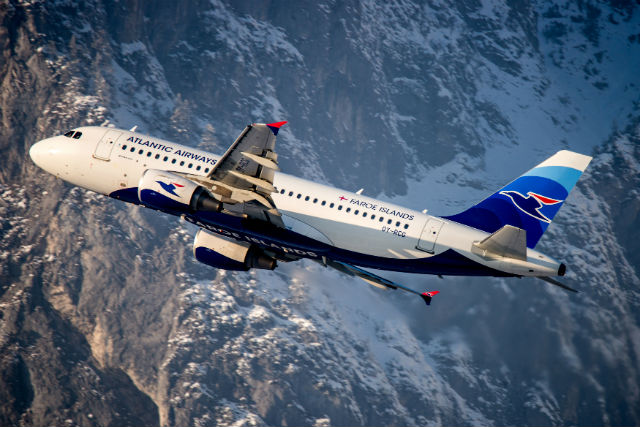Europe, compared with much of the rest of the world, has been slow to adopt satellite-guided required navigation performance (RNP) airport approach and departure procedures. Where they have been adopted they have been used for airports that cannot employ traditional ground-based aids because close terrain makes the signals from guidance systems such as instrument landing systems (ILS) unusable.
Successful implementation at such airports, however, has satisfied EASA and the increased use of satellite-guided precision area navigation (P-RNAV) is a part of the Single European Sky air traffic management project.
The reasons why RNP procedures have not been adopted widely in Europe include the fact that traditional precision aids such as ILS are widely – if not universally – available. Also, despite the fact that there are potential gains to traffic capacity to be had in saturated terminal areas from the use of more flexible curved RNP approaches and departures, permission to use them is difficult to win where the approaches and departures are over built-up areas. They tend to be opposed by residents on environmental and noise abatement grounds.
Norway’s air navigation service provider, Avinor, inaugurated a simple satellite-based approach to Brønnøysund in 2007, so Europe has had plenty of time to see what can be done. But much more recently, the Faroe Islands airline Atlantic Airways has been completely transformed from effectively good-weather-only operations to flights in almost all weathers. Atlantic’s decision to go down this path mirrors experience in the USA, where the installation and approval of satellite-guided approaches has increasingly been initiated by airlines, rather than the Federal Aviation Administration.

Atlantic Airways A319
AirTeamImages
Atlantic worked with Airbus to create tailored RNP approaches to the islands’ one and only airport at Vágar. The precision RNP AR (authorisation required) 0.1 approach ensured reliability for scheduled flights, enabling entirely new routes to become commercially viable, and at the same time converting from a fleet of BAE Systems 146s to operations using the Airbus A320 series.
Now decision heights for landing have been lowered still further by using the curved-approach RNP procedure to feed aircraft into a Category 1 ILS for final approach to runway 30 at Vágar. Atlantic says the decision height now for the Yankee RNP approach into the ILS allows a 220ft decision height in visibility of 800m (2,630ft). The pure RNP Zulu approach to runway 30 has a decision height of 250ft, whereas before the RNP was approved by EASA, pilots had to weave visually around high terrain with decision heights more than three times greater, which meant that flights were frequently cancelled or diverted to Iceland, Scotland or Copenhagen. RNP approaches to the reciprocal runway 12 are pure satellite-based; they do not feed into an ILS.
Norway’s Brønnøysund approach, designated as SCAT-1 (special category 1) with ground-based local augmentation (GBAS), was installed because steep-sided high terrain directly below the approach would interfere with an ILS signal. It was such a success that Avinor has since installed SCAT-1 approaches at several other airfields serving remote communities that would otherwise be virtually cut off in winter.
At the time of its inauguration Flightglobal witnessed two night SCAT-1 approaches to Brønnøysund’s runway 04 from the jump seat of a Widerøe Bombardier Dash 8-100, and this is how it was described on an arrival from Widerøe's main base at Bodo:
“From the pilot's point of view, flying the Avinor SCAT-1 system looks like flying an ILS. The difference is how the approach path is defined. The SCAT-1 system defines a line in space, and the aircraft’s position relative to it is tracked both laterally and vertically by GNSS and the Brønnøysund GBAS installation. This invisible path starts at a predetermined height directly above the runway threshold and extends to a range of about 20nm [37km]. At Brønnøysund, the glideslope is 3.9˚ and the approach azimuth is aligned with the runway at 037º.
“The pilot flying tuned in to the Brønnøysund SCAT-1 approach, designated by a four-digit number on the approach plate. Upon acquiring the GNSS signals corrected by the Brønnøysund GBAS, the system annunciator displayed ‘DGPS’ in green, and the pilot followed the same flight instrument guidance he would follow for an ILS to intercept the approach from the left, and began descent on intercepting the glideslope at the final approach fix. The instrument guidance was rock steady – no twitches – and when the runway lights appeared, the aircraft was perfectly aligned.”
Source: FlightGlobal.com























